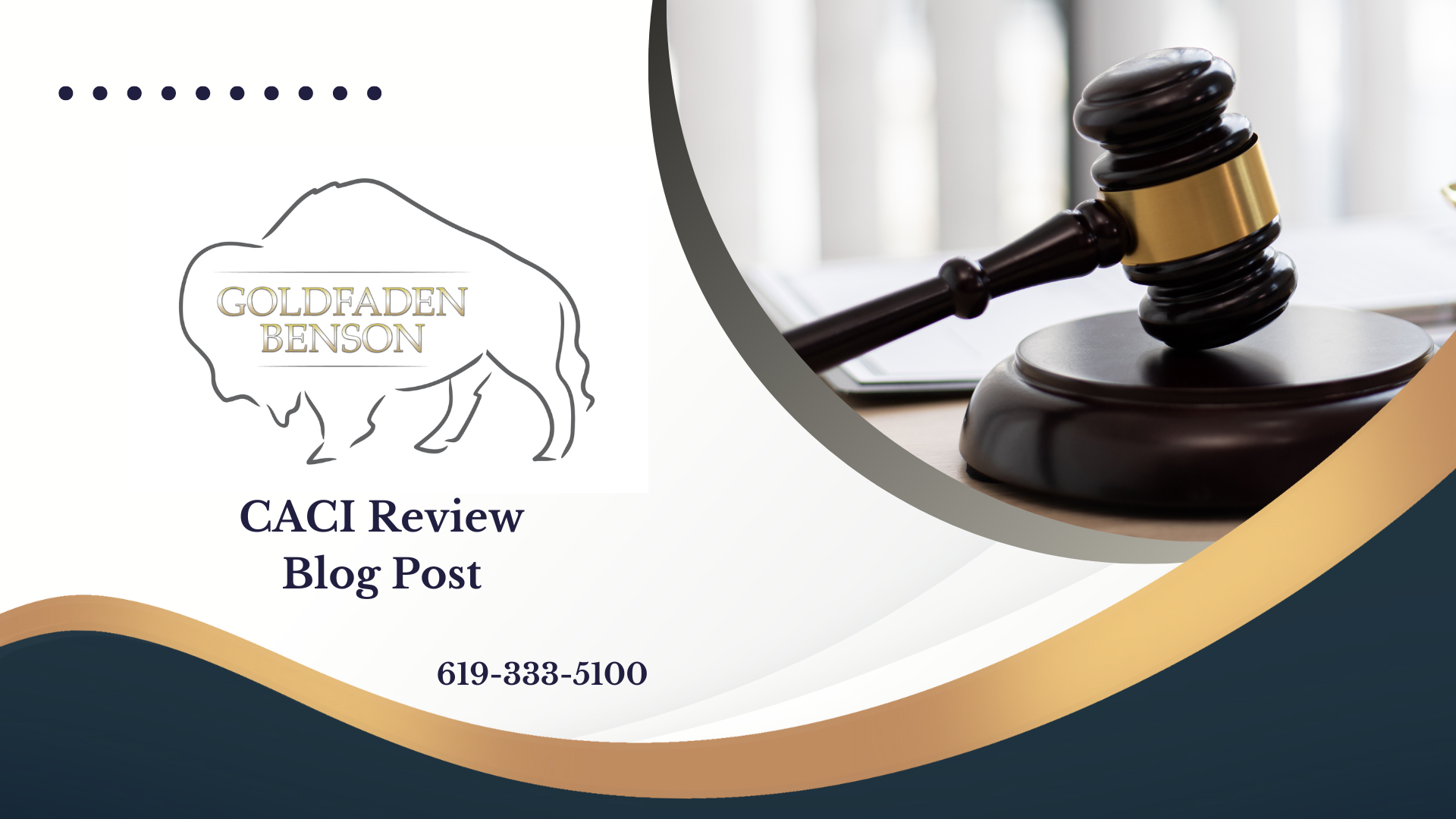Title: Understanding Causation in Negligence Cases
When it comes to personal injury law, particularly negligence cases, one of the cornerstone concepts is causation. Understanding what a plaintiff needs to prove in this area can be complex, yet it's crucial in a personal injury claim.
### The Basics of Causation in Negligence Law
To establish a negligence claim, the plaintiff must prove three essential elements:
1. **Duty**: The defendant owed a duty of care to the plaintiff.
2. **Breach**: The defendant breached that duty.
3. **Causation**: The breach of duty caused the plaintiff's injuries.
### What Does Causation Mean?
In legal terms, causation must show a direct link between the defendant’s actions and the plaintiff's injury. In California, the standard for proving this connection is often referred to as the "substantial factor" test. This means that the plaintiff must demonstrate that the defendant's conduct was a substantial factor in causing the harm.
### Key Elements to Prove Causation
1. **Substantial Factor Test**: The plaintiff must show that the defendant's actions were more than just a minor cause. This can involve expert testimony to convey how significant the defendant's negligence was in comparison to other potential causes.
2. **"But For" Test**: Although primarily the substantial factor test is used in California, it is sometimes necessary to apply a "but for" test. This means the plaintiff needs to show that, but for the defendant's actions, they would not have suffered the injury.
3. **Avoiding the Remote Cause Argument**: In negligence cases, it’s essential not to confuse time frames. A harm that may seem remote in time can still be a substantial factor if the connection is clear.
### Real-Life Applications
Let’s consider a common scenario. Imagine you’ve been involved in a car crash. To win a case against the other driver, you'll need:
- **Proof of negligence**, such as speeding or running a red light.
- **Documentation of injuries**, like medical records from your doctor.
- **Evidence connecting the driver’s actions to your injuries**, such as witness statements or accident reports.
For example, if a driver was distracted and hit your vehicle, you would need to show how that distraction directly contributed to the crash and your injuries—establishing that their actions were a substantial factor in your harm.
### Conclusion
Causation in negligence cases can be a challenging aspect to navigate, but with the right understanding of the legal standards—payments, injuries, evidence, and substantial factors—you can articulate how the defendant’s actions led to the injury.
If you have any questions about personal injury claims or wish to discuss your specific case, please reach out to Goldfaden Benson. Our experienced team is here to help you get the justice you deserve. Visit our contact page to learn more about how we can assist you today.








